This month, we journey back to Southern France (I’ve really become a Francophile, haven’t I? Well, when learning literature, you start with the classics, so I suppose I’m in good company.). The Languedoc-Roussillon region is a hotspot for quality wines of incredible value right now. In fact, I recently attended an amazing master class on different villages within the Languedoc presented by Gerard Bertrand’s team. In this region, you’ll find both Rhone varietals (Grenache, Syrah, Roussanne, Marsanne) intermixed with those of Bordeaux (Cabernet Sauvignon, Merlot, Sauvignon Blanc, Semillon) and occasionally Burgundy (Pinot Noir, Chardonnay). Faugères is an appellation located only 20 miles northwest of the Mediterranean Sea which is entirely devoted to classic Rhone varietals, and Domaine Leon Barral enjoys working with those which are lesser known: Carignan and Mourvedre.
Dider Barral
- courtesy of Domaine Leon Barral website
Domaine Leon Barral has a long history yet has turned to very modern practices. The Barral family has been cultivating vines in the small hamlet of Lenthéric for thirteen generations, but it was the most recent vigneron to decide to estate bottle wines from their small vineyard. Didier Barral established Domaine Leon Barral in 1993. He honors his ancestry by naming the estate after his grandfather yet is moving ever into the future with his push towards biodynamic viticulture.
“He has pioneered numerous innovative agronomic techniques with the goal of establishing his vineyards as a self-sustaining ecosystem. This Renaissance man, naturalist, and biodynamic maven commands tremendous respect among his peers for his visionary approach to topics like soil management, pest control, and drought mitigation in his vineyards.”
The fertilizing team hard at work.
Instead of teams of tractors and weed killer, Didier employs the help of cows and cover crops to maintain a healthy ecosystem within his estate. This philosophy extends to the cellar, where he kicks off fermentation with native yeasts, uses gravity-fed cement tanks to move wine downwards from one tank to another, and adds minimal sulphites only at bottling. Such practices exclude any manipulation of the raw product offering a natural view of what Mother Nature can provide. In 2012, Didier began construction on a new incredible natural cellar which utilizes the local schist harvested from the excavation to create a sustainable, timeless home for the wines to rest in. Check out his new cellar.
“Goblet” trained old vines at Domaine Leon Barral
The 2012 Domaine Leon Barral Faugères Valiniere is a blend of 80% Mourvèdre (the maximum allowed of any one grape within this region) with 20% Syrah from his north-facing vineyards (to prevent the Syrah from overpowering the blend). This cuvée spends three to four weeks on the skins with manual punch downs to acquire as much power and finesse from the grapes before being gently pressed to rest for a short time in cement tanks. From there, the new wine will be cellared in a mixture of French Oak barrels (only 10% new) for a period of 24-26 months. The wine is bottled unfined and unfiltered, so it may through a slight sediment even in its youth.
Metamorphic schist in Faugeres leading to strong minerality and pronounced acidity in the wine
Tasted November 9th, 2018: The nose expresses the origin and flare of the region and winemaker with a strong, earthy aroma and hint of gaminess. After some time in the glass, the wine begins to explore a more fruity and herbal character reminiscent of red and black fruits such as baked cherry, ripe red currant and blackberry mixed with lavender, sage, mint, and other herbs de provence (called garrigue in the region). If you spend time inspecting the wine, you’ll discover more complex aromas of white peppercorn, leather, cedar, and oak spices. The body is quite rich with a powerful structure: elevated tannins are reinforced with sharp acidity and an extra punch from alcohol. Even at six years, the character of this wine is extremely forceful, yet it is beginning to calm. If consumed within the next several years, it should be served between 60-65 degrees and decanted. It could potentially age gracefully for another 10-15 years.
Quick Notes:
Didier in the vineyard
Who: Didier Barral – thirteenth generation. First to estate bottle (1993).
What: 80% Mourvèdre, 20% Syrah
Where: Faugères. Schist soils, southern exposure, goblet-style vines. 30 hectares farmed biodynamically
How: biodynamic vineyards, goblet-trained 15-30 year vines, whole cluster syrah, SO2 only added at bottling (in miniscule amounts), gravity fed cement cuves, native yeast fermentation, 3-4-week maceration with manual punchdowns, never racked, fined, nor filtered, 24-26 months in barrel (10% new) with Syrah from north-facing parcel for added acidity
Serve: 60-65 degrees with savory meat dishes: short ribs, lamb, pork shoulder with herbs de provence
Age: 2019 (decanted) through 2030.
“Lastly, the top cuvee is the 2012 Faugeres Valiniere, which is always primarily Mourvèdre mixed with 20% Syrah. Aged two years in barrel, it has a concentrated, mouth-filling, voluptuous and full-bodied style as well as lots of savory herb, ground pepper, garrigue and black raspberry fruit. In short, it’s a fabulous Faugères that will drink beautifully through 2027+”
Map of the Languedoc Region









